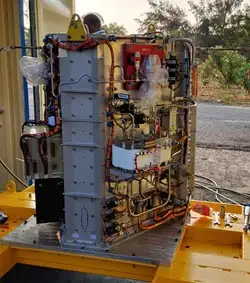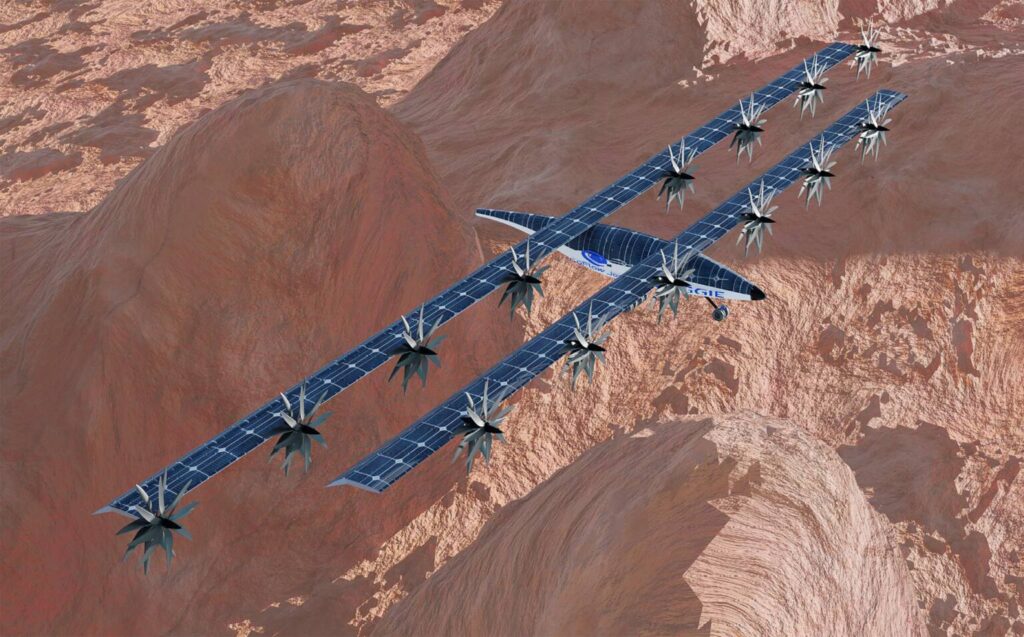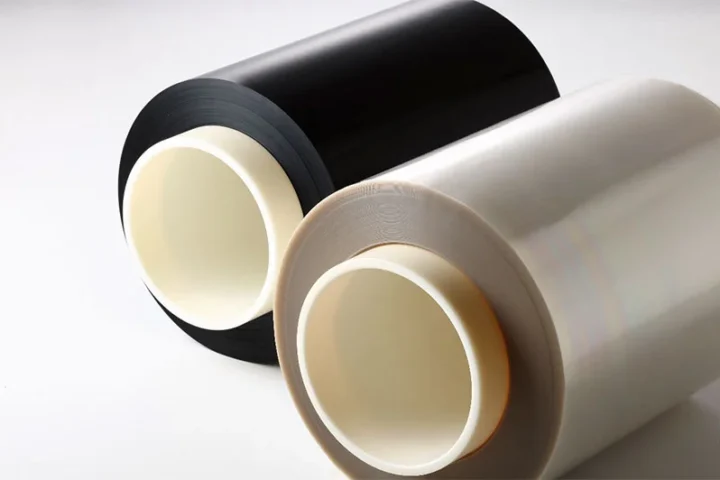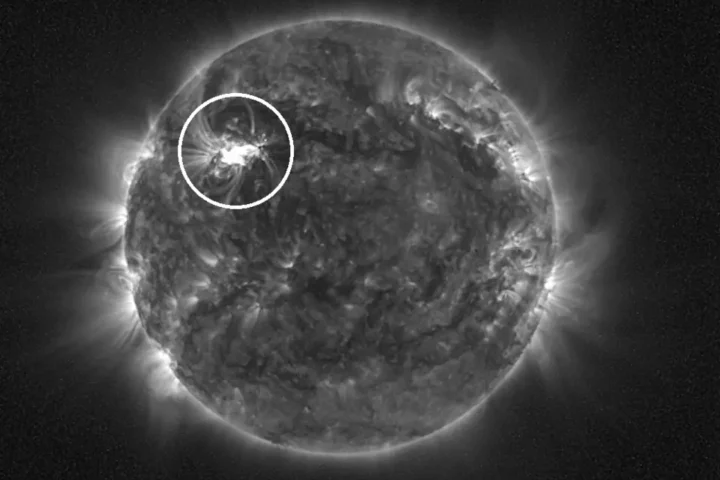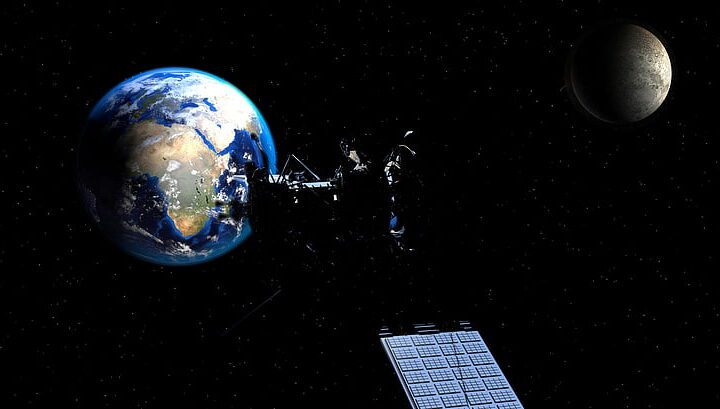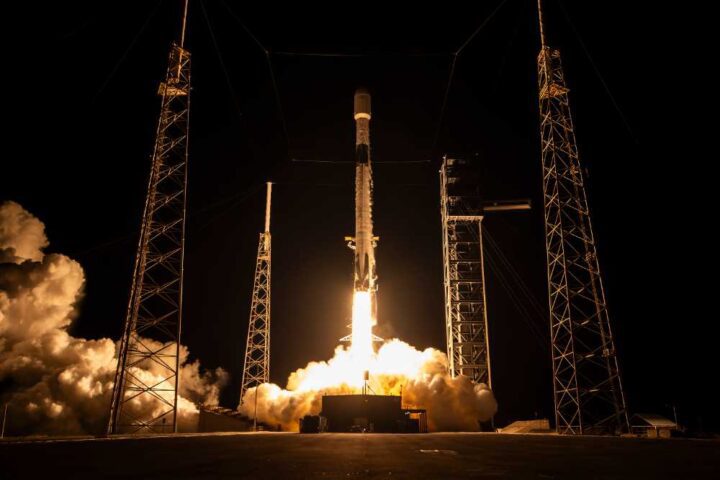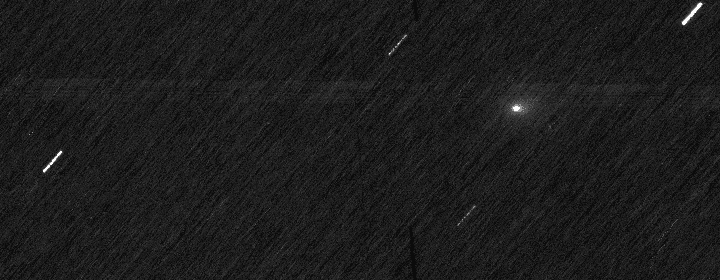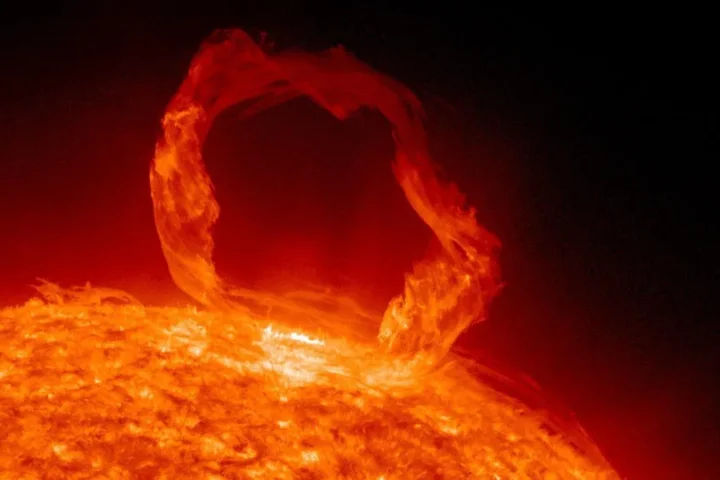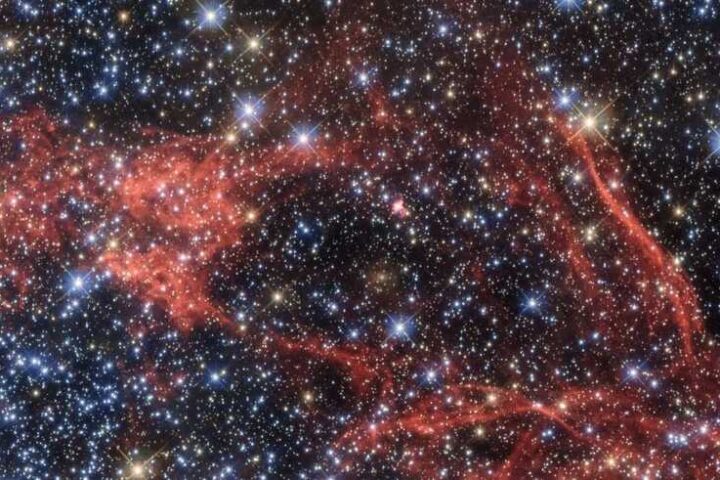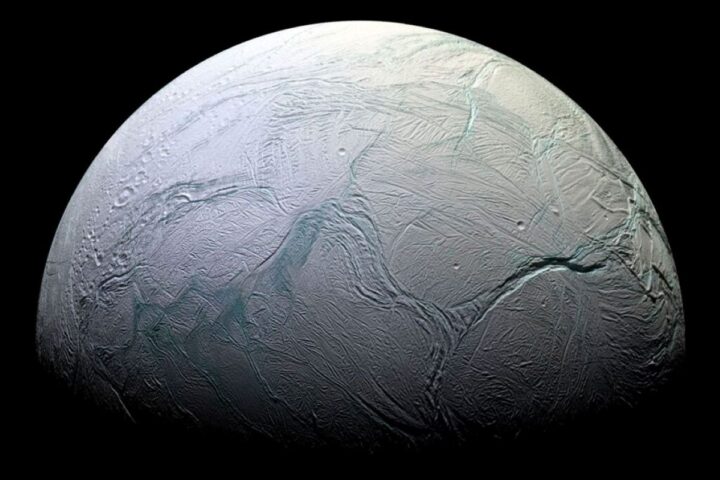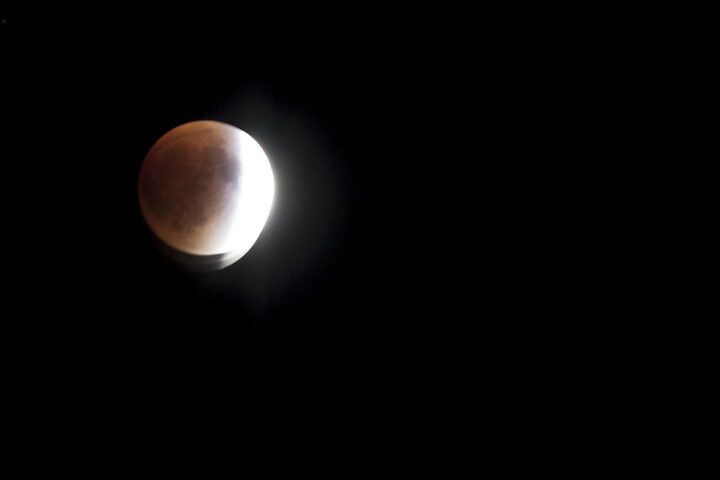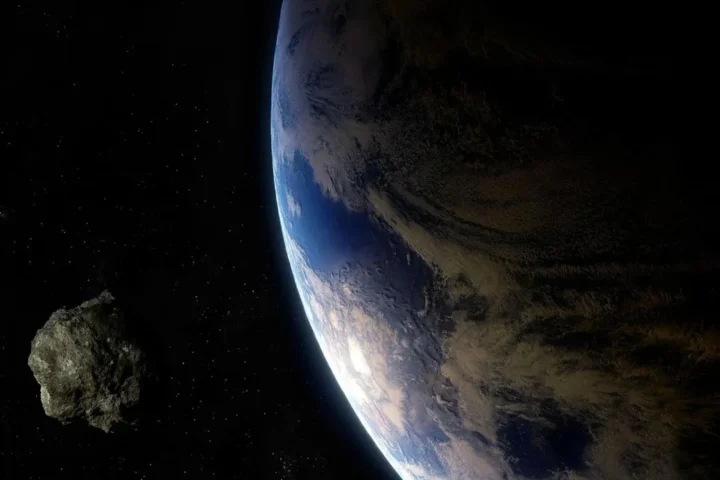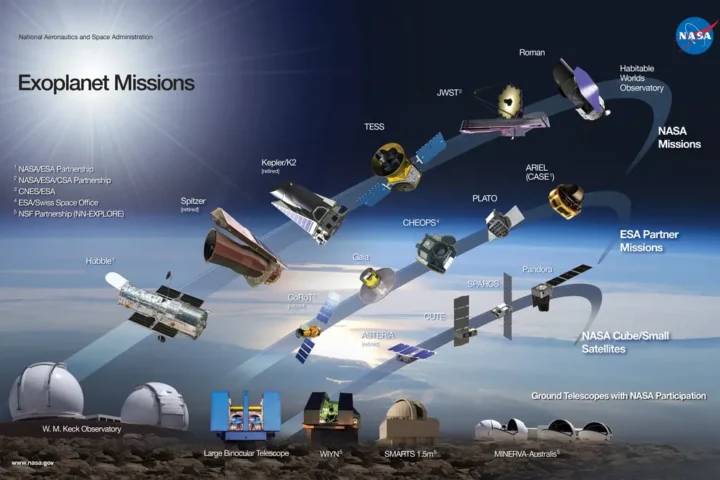With the successful test of its 100W class Polymer Electrolyte Membrane (PEM) Fuel Cell based Power System (FCPS) on its orbital platform POEM3 , the Indian Space Research Organization (ISRO) launched the PSLV-C 58 on January 1, 2024. The ISRO conducted this significant test at the Vikram Sarabhai Space Center, Thiruvananthapuram. It was aimed at evaluating the operation of PEM Fuel Cells in the unique conditions of space. It was a critical step in furthering India’s space exploration capabilities.
The fuel cell system impressively generated 180 watts of power, during this short-duration on board POEM3, utilizing hydrogen and oxygen gasses stored in high-pressure vessels. Invaluable data on the performance of various static and dynamic systems was provided by this test. These systems are an integral part of the power system. The test also offered insights into the physics at play in space.
PEM Fuel Cells operate by converting chemical energy from hydrogen and oxygen directly into electricity through electrochemical reactions.They are similar to batteries but without combustion. The fuel cells are made highly efficient and emission-free by this process of direct conversion of fuels to electricity without intermediaries. The result is the production of only pure water and heat as byproducts.This characteristic makes them especially suitable for space missions involving human presence, where electricity, potable water, and heat are essential requirements. Thus, multiple needs are fulfilled by a single system, enhancing the sustainability of long-duration space habitation.
The societal implications of this technology are vast.
Similar Posts
Fuel cells are poised to transform the automotive industry by replacing traditional engines, providing comparable range and refueling times, while ensuring zero emissions.Presenting a significant step towards clean transportation and energy solutions, they also hold promise for standby power systems.The ISRO’s achievement is not just a significant milestone in space exploration but also marks a step forward in the development of sustainable and efficient solutions for future space missions. The successful deployment of the PEM Fuel Cell on POEM3 is particularly noteworthy as it has potential applications in India’s proposed space station, scheduled for development by 2035.
The qualification of 10Ah silicon-graphite anode based high-energy density Li-ion as a low weight and low-cost alternative to current cells was seen by the test, as they were successfully demonstrated during the flight by powering a resistive load onboard the POEM3 platform. Confirming the viability of these cells for future missions, the telemetry data matched well with the prediction.
A promising development for the space agency, with potential applications extending beyond space exploration into various societal sectors, is represented by ISRO‘s recent advancements in fuel cell technology. The ISRO’s commitment to advancing space technology and exploring sustainable solutions for future space missions is reflected in the successful test of the FCPS payload and the qualification of new Li-ion cells.
